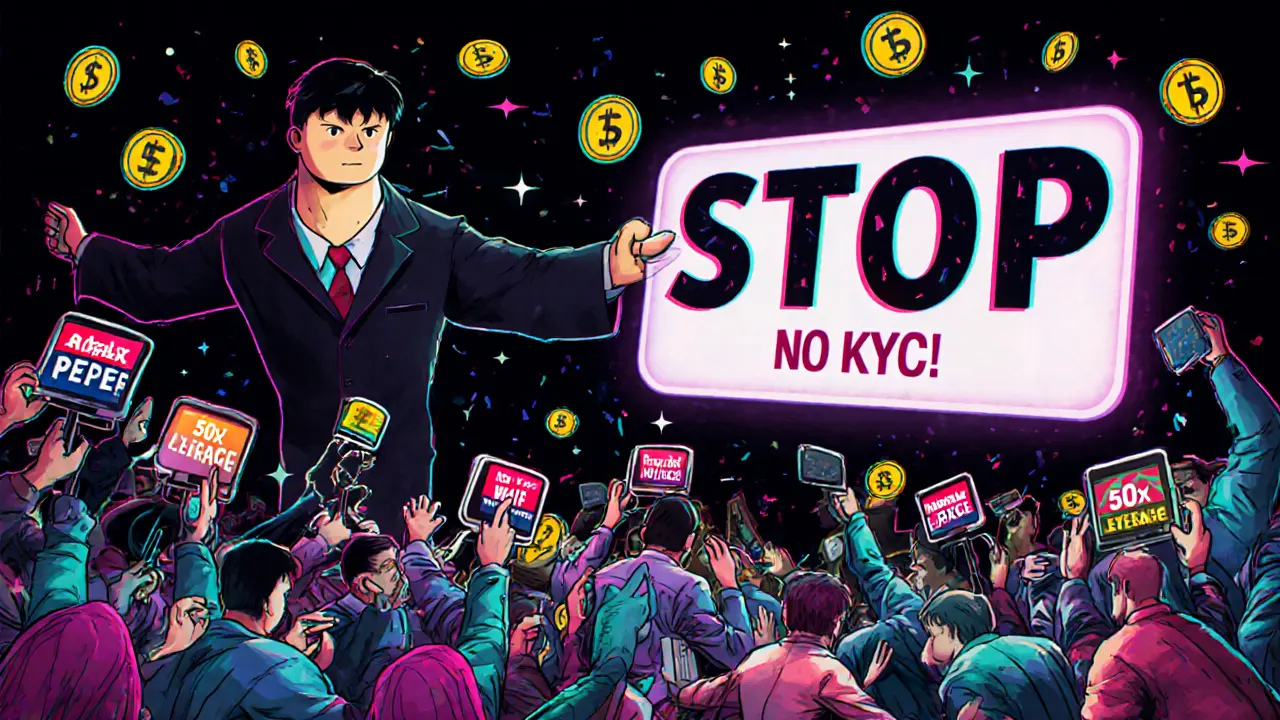DEX Trading: What It Is, How It Works, and What You Need to Know
When you trade crypto on a decentralized exchange, a blockchain-based platform that lets users trade directly without a middleman. Also known as DEX, it’s the backbone of DeFi, a system of financial apps built on open blockchains without banks or brokers. Unlike centralized exchanges, DEX trading doesn’t require you to hand over your coins—you keep control, and the trade happens automatically through smart contracts.
DEX trading works because of smart contracts, self-executing code that runs on blockchains like Ethereum or BNB Chain. These contracts match buyers and sellers, lock funds in liquidity pools, and release tokens only when conditions are met. No one can freeze your account or delay your trade. That’s why people use DEXs to trade tokens like MK, BUTTER, or HPY—especially when those tokens aren’t listed on big exchanges. But it’s not all smooth sailing. Slippage, high gas fees, and fake tokens are real risks. You’re on your own. There’s no customer support if something goes wrong.
Most DEX trading today happens on platforms like Uniswap, PancakeSwap, or Klaytn’s Pangea Swap. These aren’t just apps—they’re open markets where anyone can add liquidity and earn fees. But as you’ll see in the posts below, not every DEX survives. Some, like Pangea Swap, fade into obscurity. Others, like ButterSwap or Sphynx Labs, offer tools that blur the line between exchange and wallet. Some even tie into airdrops—like BUTTER or GMPD—where holding or trading tokens unlocks future rewards. Meanwhile, the rise of privacy-focused chains and anonymity mining (like MCASH) shows how DEX trading is evolving beyond simple swaps into complex, permissionless finance.
What’s clear is this: DEX trading isn’t just a trend—it’s a shift in who controls money. You don’t need a bank. You don’t need approval. You just need a wallet and the will to learn. The posts here cover real examples—from the rise and fall of Klaytn’s DEXes, to how airdrops connect to trading activity, to why some tokens vanish overnight. You’ll find no fluff. Just facts on what works, what doesn’t, and what you need to watch out for before your next trade.
